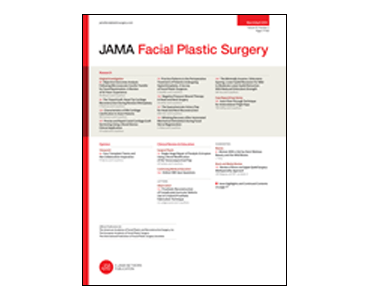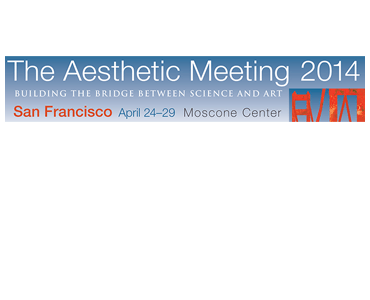Biomedical visual data analysis to build an intelligent diagnostic decision support system in medical genetics. K Kuru, M Niranjan, Y Tunca, E Osvank, T Azim.
Date: October 2014. Source: Artificial Intelligence in Medicine, 62(2):105-18. Background: In general, medical geneticists aim to pre-diagnose underlying syndromes based on facial features before performing cytological or molecular analyses where a genotype–phenotype interrelation is possible. However, determining correct genotype–phenotype interrelationships among many syndromes is tedious and labor-intensive, especially for extremely rare syndromes. Thus, a computer-aided…









